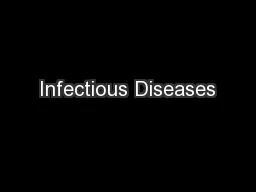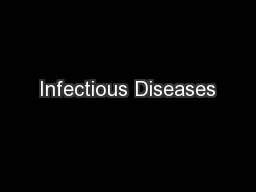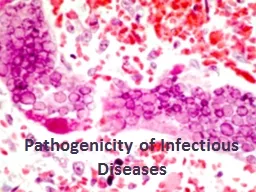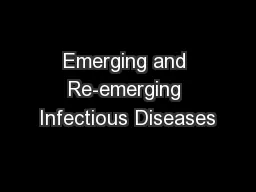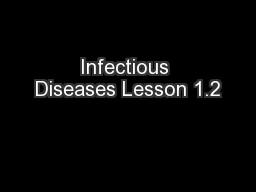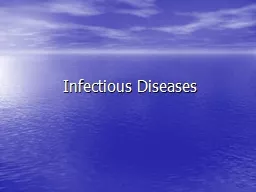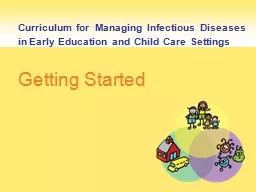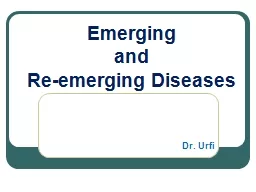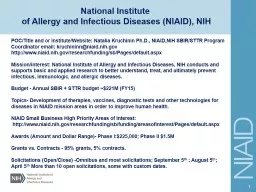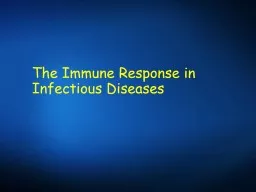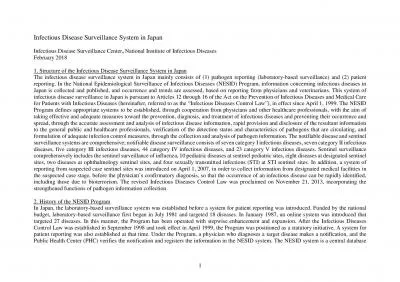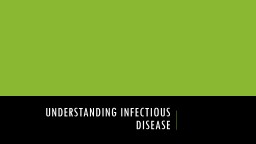PPT-Australasian Society for Infectious Diseases
Author : roy | Published Date : 2024-02-09
Antibiotics wont cure that cold Patient medical history PMHx 2 ½ year old normally well child born at term in Australia to Chinese parents immunized started daycare
Presentation Embed Code
Download Presentation
Download Presentation The PPT/PDF document "Australasian Society for Infectious Dise..." is the property of its rightful owner. Permission is granted to download and print the materials on this website for personal, non-commercial use only, and to display it on your personal computer provided you do not modify the materials and that you retain all copyright notices contained in the materials. By downloading content from our website, you accept the terms of this agreement.
Australasian Society for Infectious Diseases: Transcript
Download Rules Of Document
"Australasian Society for Infectious Diseases"The content belongs to its owner. You may download and print it for personal use, without modification, and keep all copyright notices. By downloading, you agree to these terms.
Related Documents


